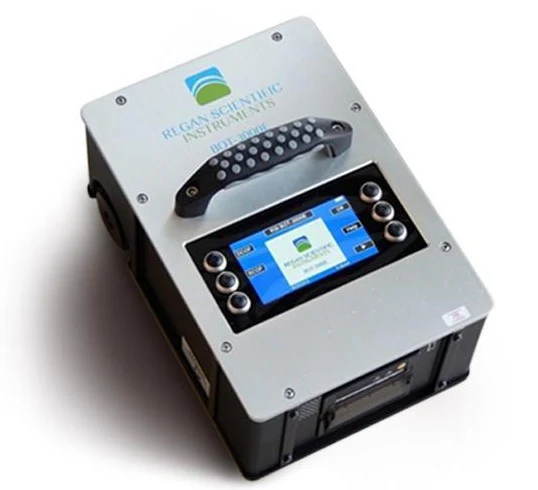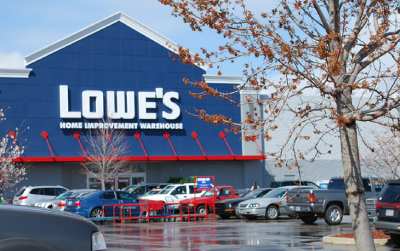In the world of walkway safety, precision matters. Whether you’re testing tiles in a commercial building or verifying slip resistance after an installation, your equipment must be trustworthy. That’s where the tribometer comes in. However, like any precision instrument, a tribometer is only as reliable as its most recent calibration. So how often should it be done?
Let’s walk through what the experts say, why it matters, and how to keep your device compliant.
What Is a Tribometer, and Why Calibration Matters
A tribometer is a scientific device used to measure the coefficient of friction, which essentially determines how slippery a surface is. Tribometers play a critical role in slip resistance testing, especially when evaluating compliance with safety standards like ANSI A326.3 and ASTM F2508.
Since these results can directly affect safety decisions, legal cases, and product certifications, calibration ensures that the data collected is accurate, repeatable, and legally defensible.
How Often Should You Calibrate a Tribometer?
According to industry best practices and manufacturer guidelines (such as those for the BOT-3000E tribometer), tribometers should be calibrated once every 12 months.

Signs Your Tribometer Might Need Calibration
Not sure if your device needs calibration sooner than planned? Here are signs to watch for:
- Inconsistent results across similar surfaces
- Sudden changes in readings with no environmental changes
- Error messages or calibration warnings from the device
- More than 1 year since the last documented calibration
If any of these apply, it’s wise to schedule a calibration or inspection right away.
Who Should Perform the Calibration?
Calibration should always be done by a certified laboratory or the device manufacturer.
For example, Walkway Management Group is the official calibration provider for the BOT-3000E tribometer and follows strict procedures to ensure your device meets ANSI and ASTM standards.
Avoid DIY calibration unless you are professionally trained and authorized to do so improper calibration can invalidate your testing results and compromise safety documentation.
Benefits of Regular Tribometer Calibration
Beyond accuracy, regular calibration delivers a range of benefits:
- Compliance: Stay aligned with ANSI, ASTM, and legal requirements
- Credibility: Provide clients with trustworthy and certified reports
- Risk Reduction: Minimize liability by using well-maintained equipment
- Long-Term Savings: Catch early signs of device wear before major repairs are needed
How to Keep Track of Calibration Schedules
To make life easier, keep a calibration log with:
- Date of last calibration
- Provider name
- Certificate number
- Notes on any repairs or maintenance
Many companies also add calibration reminders to their equipment management software or calendars to avoid missing critical dates.
A tribometer is a powerful tool but only when it’s properly maintained. By calibrating your device regularly, you ensure that every slip resistance test is valid, compliant, and reliable.
Walkway Management Group offers professional tribometer calibration, testing services, and expert support for walkway safety.
Learn more about us or contact us today to keep your tribometer performing at its best.


















